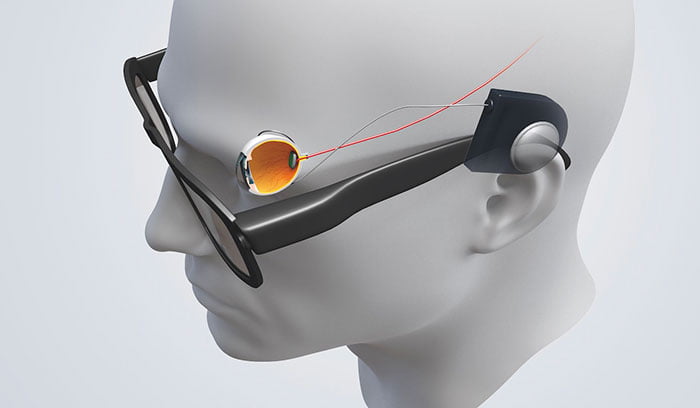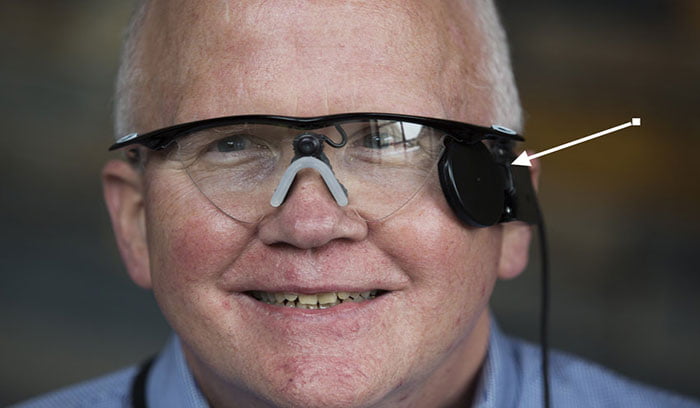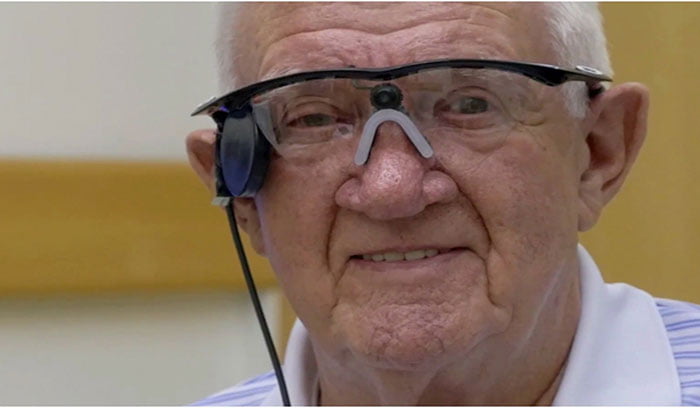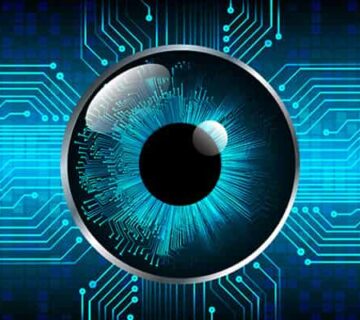Modern artificial eye prosthetics refer to the next generation of ocular prosthetics equipped with advanced capabilities. As we know, blindness is a profound and devastating impairment that not only affects an individual’s appearance and facial aesthetics but also severely diminishes their functional abilities. Many individuals with this condition have no choice but to rely on canes or the assistance of others for the rest of their lives.
For this reason, scientists and physicians have long sought ways to restore vision—either fully or partially—to those affected. The history of artificial eyes spans thousands of years. In ancient times, materials such as fat, bone, gold, titanium, and ivory were used to craft artificial eyes. These early prosthetics served solely to restore aesthetic appearance.
However, recent claims by Australian researchers suggest they have completed the initial stages of developing an artificial eye capable of providing vision to the blind. They assert that human trials are just two years away. These scientists have invented tiny microchips designed to deliver pixelated images of the surrounding world to blind individuals. The research and development of these microchips took approximately ten years, with an additional year required for their production.
Camera-Enabled Microchips in Modern Artificial Eye Prosthetics: Enabling Vision
The microchip was developed by Professor Greg Suaning, an associate professor at the University of New South Wales (UNSW) in Australia, and his research team. This 5-millimeter chip can be integrated into modern artificial eye prosthetics. Its purpose is to interpret signals from an onboard camera and relay them to the brain. The process begins with a small camera embedded in the center of a pair of glasses, which captures images and transmits them to the microchip implanted in the eye.
By stimulating retinal cells, the microchip generates a representation of the blind individual’s surroundings. However, like other prototypes developed globally, this technology cannot restore natural vision. The images produced resemble heavily magnified, pixelated newspaper photos, offering only a blurred, grid-like approximation of reality.
Ultimately, the captured image is converted into simple grid patterns, creating outlines and edges. This allows individuals with low or no vision to navigate their environment. While restoring full vision remains a distant goal, this device could prove life-changing for those who have lost their sight due to disease. In recent years, significant scientific and medical efforts have focused on vision restoration for the blind.
Electrode-Embedded Artificial Eyes and Modern Prosthetics
A decade ago, a group of British ophthalmologists successfully restored partial vision to blind patients using an innovative artificial eye technology. Surgeons at Moorfields Eye Hospital in London—one of the UK’s leading eye clinics—tested this technology on two completely blind patients suffering from a hereditary retinal degenerative disease. Both trials yielded positive results.
With this technology, the patients could move independently and detect objects without assistance. Known as Argus II, this system may become widely available to blind individuals within three years. The procedure requires surgery to implant a thin metal plaque with approximately 60 electrodes at the back of the eye. A small video camera mounted on sunglasses sends images to these electrodes, which connect to the brain via the optic nerves.
Can Argus Technology Fully Restore Vision?
According to the British researchers, Argus II cannot fully restore a patient’s vision. However, it enhances basic sight, enabling users to distinguish between light and dark. This technology can be incorporated into modern artificial eye prosthetics. An earlier version, Argus I, was first implanted in 2002 in a 64-year-old American woman who had been blind since age 50 due to retinal degeneration. She reported: “I can now find doorways, play with my grandchildren, and visit shopping centers alone. In New York, I recognized the Statue of Liberty, and in Paris, I saw the Eiffel Tower. I can now perceive events around me.” The first-generation Argus used 16 electrodes, while Argus II employs 60.

Implants for Vision Restoration
Last year, news emerged that scientists had developed a retinal implant allowing three blind patients to detect shapes and objects during clinical trials. Researchers at Germany’s Tübingen Eye Hospital stated that this device could become a standard treatment for certain types of blindness within five years. Experts hailed the results as groundbreaking.
The subretinal implant, developed by German researchers, could transform the lives of 200,000 people worldwide affected by retinitis pigmentosa, a degenerative eye disease. Placed beneath the retina, the implant replaces lost photoreceptor cells. It leverages the eye’s natural image-processing functions to create stable visual input for patients.
Conclusion
In recent years, numerous studies have explored vision restoration for the blind through modern artificial eye prosthetics. While these advancements remain experimental and restore only partial vision, ongoing scientific and technological progress offers hope for future breakthroughs. Researchers anticipate that continued innovation may one day enable full restoration of sight for those affected by blindness.





No comment